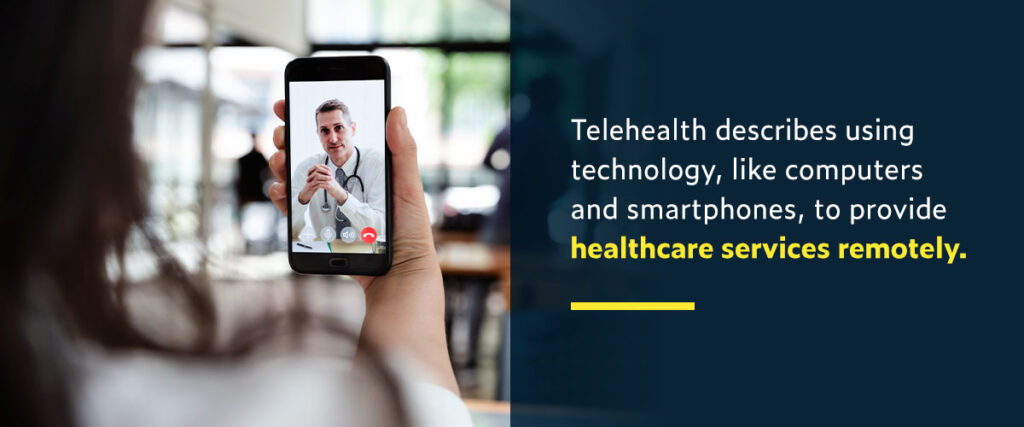Unlocking the Keys of Subscription Based Healthcare for Better Patient Outcomes
Unlocking the Keys of Subscription Based Healthcare for Better Patient Outcomes
Blog Article
How Subscription-Based Health Care Is Transforming the Clinical Industry

The Surge of Subscription Healthcare
In current years, the healthcare sector has seen a substantial change towards subscription-based versions, mirroring wider consumer patterns preferring convenience and predictability. This improvement is driven by the raising need for more easily accessible and tailored treatment options. Subscription healthcare, occasionally referred to as attendant medication or direct main treatment, uses clients a fixed month-to-month cost for an array of clinical solutions, substantially altering typical fee-for-service models.
The increase of membership healthcare is assisted in by developments in modern technology, which make it possible for structured communication between carriers and clients - subscription based healthcare. Digital platforms and telehealth services have become important, providing patients the ability to set up consultations, access clinical documents, and receive appointments online. This technological integration not just improves individual involvement however likewise enables suppliers to provide much more efficient care
Additionally, the subscription design aligns with the developing expectations of people who look for more control over their medical care expenses and experiences. By eliminating the unpredictability of co-pays and insurance policy claims, subscription-based medical care supplies a clear and uncomplicated technique. While this version is getting traction, its expansion encounters challenges such as regulative difficulties and the need for more comprehensive approval within the standard health care ecosystem. Nevertheless, its growing visibility marks a zero hour in the advancement of medical care delivery.
Benefits for People and Suppliers
Subscription-based medical care provides a wide range of benefits for both service providers and people, improving the dynamics of clinical treatment. For patients, this design gives improved accessibility to healthcare services.
For medical care companies, subscription-based versions cultivate a more lasting and gratifying practice. Administrative jobs are often streamlined, decreasing overhead costs and enabling companies to commit more time to patient interaction. Generally, subscription-based health care aligns the incentives of individuals and providers, promoting a more effective and patient-centered healthcare shipment system.
Secret Attributes of the Model
Frequently, the crucial attributes of the subscription-based healthcare design highlight its distinctive method to providing medical services. Central to this version is the idea of foreseeable, month-to-month repayments, offering patients an extensive array of solutions without the changability of conventional fee-for-service frameworks. This design usually consists of endless accessibility to health care solutions, preventive treatment, and regular check-ups, guaranteeing that people can engage with their doctor proactively rather than reactively.
Additionally, straight interaction channels, such as telemedicine and messaging platforms, are stressed, enabling individuals to receive timely guidance and appointments without requiring in-person consultations. This enhances accessibility and convenience, especially for individuals with movement constraints or those living in remote areas. The model likewise fosters more powerful doctor-patient connections, as doctor are incentivized to concentrate on lasting health and wellness end results instead of temporary sees.
Furthermore, subscription-based health care frequently integrates technical innovations, such as electronic health and wellness documents and health and wellness monitoring applications, to supply reliable and individualized treatment. Clients profit from coordinated and continual treatment monitoring, which is tailored to their particular health and wellness demands. Eventually, these attributes collectively develop a patient-centered health care experience, prioritizing accessibility, cost openness, and precautionary treatment.

Factors To Consider and difficulties
While the subscription-based health care design offers countless benefits, it is not without its obstacles and considerations. Membership models may inadvertently prefer those go to this website with higher socioeconomic status, potentially widening disparities in medical care accessibility for lower-income individuals that may struggle with monthly charges.
One more challenge lies in regulative compliance. Subscription-based medical care needs to browse a complex web of Full Report policies that differ by region, consisting of concerns around patient privacy, information protection, and state licensing requirements. Guaranteeing compliance without hindering the design's adaptability and innovation can be intimidating for carriers.
In addition, there is the threat of overutilization or underutilization of solutions. People paying a dealt with cost might overuse solutions, leading to increased functional costs, while others may underutilize as a result of be afraid of straining the system, potentially overlooking required care.
Future Prospects and Innovations
The landscape of subscription-based health care is positioned for transformation with emerging advancements and evolving leads. As modern technology remains to advance, the assimilation of fabricated knowledge and artificial intelligence presents considerable possibilities to improve analysis precision and streamline client management. Predictive analytics can change precautionary treatment by identifying prospective wellness threats prior to they materialize, therefore lowering both costs and the concern on medical care systems.
Additionally, telemedicine is readied to expand within membership versions, offering people increased access to health care professionals no matter of geographical restraints. This not only assists in connection of care however also empowers clients to engage even more proactively in their health and wellness monitoring. In addition, blockchain modern technology supplies potential in securing person data and making sure interoperability across systems, fostering count on and transparency.
Collaborations in between tech firms and healthcare service providers check my site are most likely to yield ingenious services, improving client experiences and results. As these leads materialize, subscription-based health care has the prospective to redefine exactly how treatment is delivered and accessed.
Conclusion
Subscription-based health care is changing the clinical industry by offering a much more obtainable, predictable, and patient-centered technique to medical services. This version boosts patient-provider partnerships, guarantees economic transparency, and highlights preventive treatment via unrestricted consultations and telemedicine. Despite challenges such as regulatory hurdles and possible disparities in accessibility, the registration version holds promise for a much more tailored and reliable medical care experience. As innovation advancements, better developments are likely to address existing challenges and maximize healthcare distribution.
Registration health care, often referred to as concierge medication or straight primary treatment, provides individuals a set monthly fee for an array of medical services, substantially changing typical fee-for-service models.
Moreover, the subscription version aligns with the developing assumptions of clients who seek more control over their medical care expenditures and experiences. For patients, this model offers boosted access to health care services. Generally, subscription-based medical care aligns the motivations of patients and providers, advertising a more efficient and patient-centered medical care delivery system.
Furthermore, telemedicine is set to broaden within membership models, offering patients increased access to healthcare professionals regardless of geographical restraints. - subscription based healthcare
Report this page